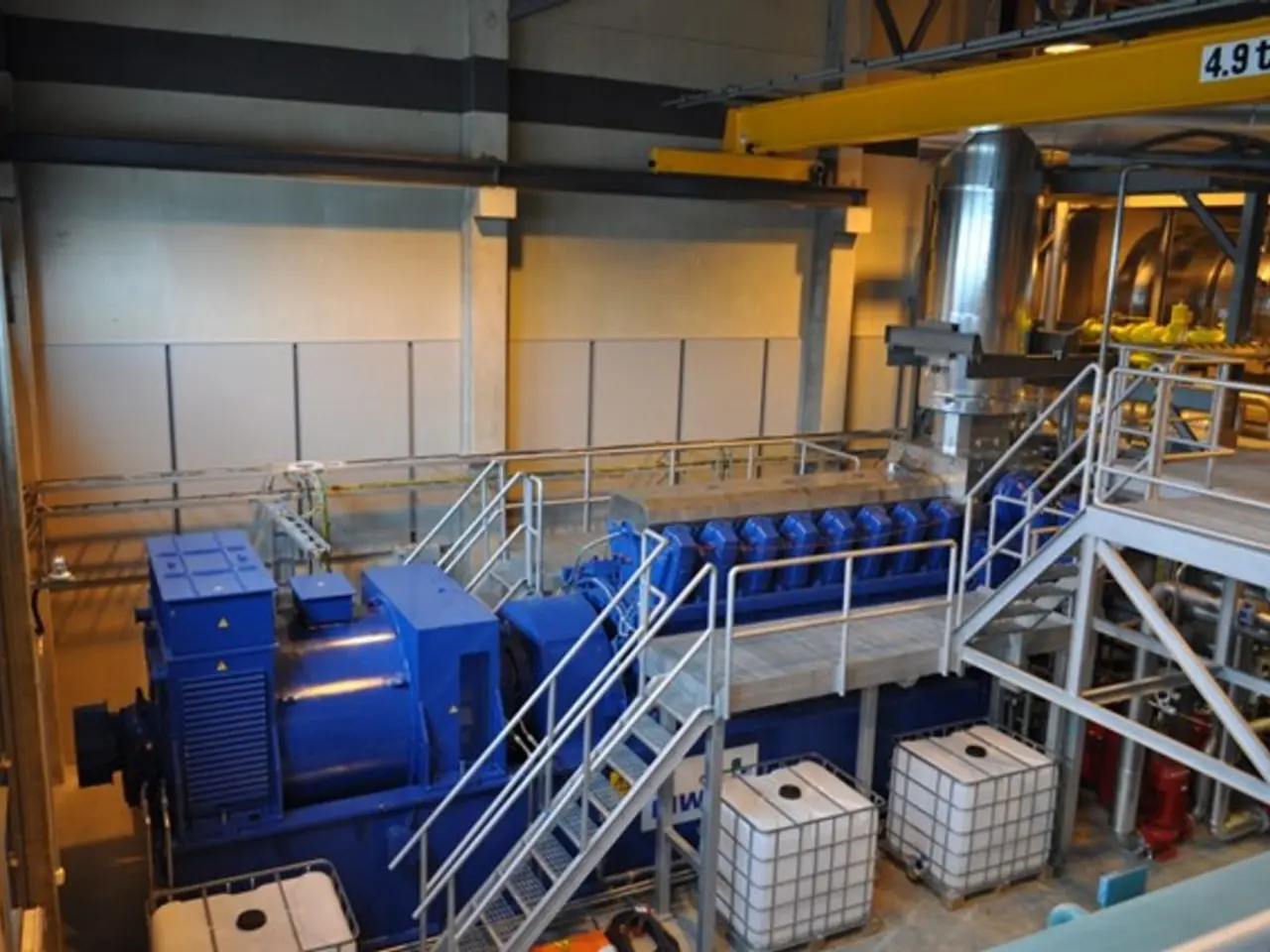Revised Regulations for Exporting and Importing Dangerous Wastes
The United States Environmental Protection Agency (EPA) introduced the Hazardous Waste Export-Import Revisions final rule in 2016, signed by Administrator Gina McCarthy, to modernise and clarify regulations governing the export and import of hazardous waste. The rule aims to improve the clarity, efficiency, and enforcement of hazardous waste tracking and management in international shipments.
Background
The revisions address concerns about the management of hazardous waste shipments across borders, ensuring compliance with international agreements such as the Basel Convention. The rule strengthens notification, consent, and tracking requirements to reduce illegal shipments and environmental harm.
Key Details
The final rule was published in the Federal Register on November 28, 2016, and became effective on December 31, 2016, in all states. The rule revised portions of 40 CFR Parts 260 through 273 related to hazardous waste import and export. It updated the definition of hazardous waste, streamlined documentation requirements, and aligned U.S. regulations with international standards.
The rule establishes one consolidated and streamlined set of requirements applying to all imports and exports. Paper processes will no longer be allowed on or after the compliance date. The rule also links the consent to export with the electronic export information submitted to U.S. Customs and Border Protection (CBP).
The movement of one percent of all U.S. hazardous waste shipments is conducted internationally for reasons such as geographic proximity, economies of scale, and international market demand for recovered materials. To facilitate this, the rule mandates mandatory electronic reporting to EPA. Starting on December 31, 2017, all U.S. exporters of certain hazardous waste, universal waste, spent lead-acid batteries, and cathode ray tubes for recycling or disposal were required to file EPA information in the Automated Export System (AES) or AESDirect for each export shipment.
Additional Resources
After the rule’s release, EPA provided guidance documents and training resources to help stakeholders comply. These include detailed instructions on notification forms and manifests for export-import shipments, as well as outreach to states and industry groups. For the official text and specifics on compliance dates and affected CFR parts related to the 2016 rule, EPA’s website and the Federal Register archives from 2016 provide comprehensive details.
OECD and Basel Convention
The OECD amended its decision in 2001 to harmonise its procedures and requirements with those of the Basel Convention, an international treaty that governs the shipment of hazardous waste on a global level. The final rule also makes all transboundary hazardous waste shipments with Canada, Mexico, and non-OECD countries comply with requirements consistent with OECD procedures.
The OECD, established in 1960, aims to achieve sustainable growth, employment, and increased standard of living while protecting human health and the environment. The rule provides for increased transparency, data sharing, and more efficient compliance monitoring for international shipments, contributing to these goals.
In summary, the 2016 EPA final rule modernised and clarified hazardous waste export-import regulations to enhance tracking, enforcement, and international compliance, with phased compliance dates shortly after 2016 and impacts mainly on 40 CFR Parts 260-273. Additional EPA guidance materials support effective implementation.
- The Hazardous Waste Export-Import Revisions final rule, implemented in 2016 by the United States Environmental Protection Agency (EPA), aims to enhance the environmental-science aspect of waste management in the industry, particularly in the export and import of hazardous waste.
- To strengthen financial accountability and promote energy efficiency, the rule mandates mandatory electronic reporting to EPA for U.S. exporters of certain hazardous waste, universal waste, spent lead-acid batteries, and cathode ray tubes for recycling or disposal.
- In line with international agreements such as the Basel Convention, the rule makes transboundary hazardous waste shipments comply with requirements consistent with those of the Organization for Economic Co-operation and Development (OECD).
- The OECD's objectives, established in 1960, include achieving sustainable growth, employment, and a higher standard of living while protecting human health and the environment. The 2016 EPA rule contributes to this by providing increased transparency, data sharing, and more efficient compliance monitoring for international hazardous waste shipments.




